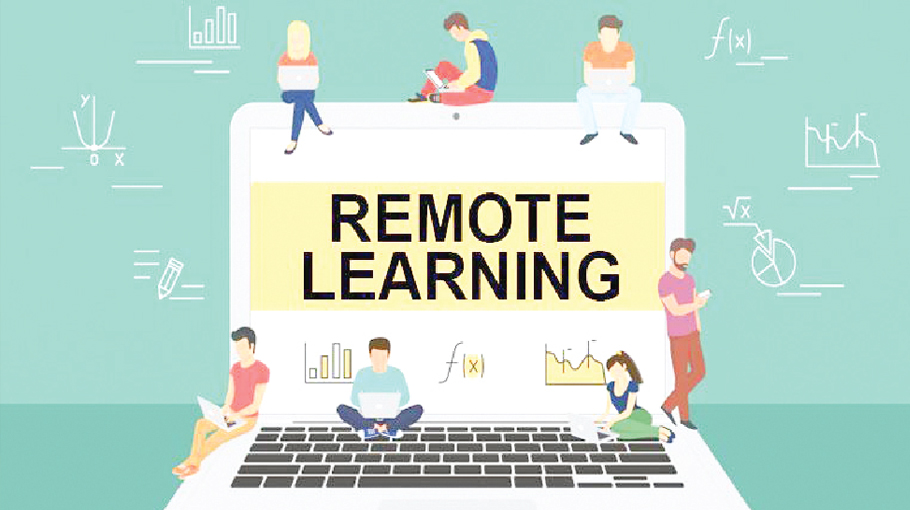Tips to make remote learning more effective

To be successful, remote instruction requires a lot of the same things any instruction does: clarity, review, checking for understanding, prompt feedback. But distance adds additional challenges, and these tips can help.
Remote instruction can intensify challenges inherent in face-to-face settings. Research has shown that online learning doesn’t generally work as well as traditional instruction—and that students who are already struggling are likely to be harmed the most. Still, some experts and practicing teachers have offered pointers that can help remote instruction be as effective as possible.
1. Get students into the habit of participating. The initial challenge is just motivating students to show up or complete assignments. According to the New York Times, some teachers are reporting that fewer than half of their students are regularly participating in remote learning.
Harry Fletcher-Wood, an educator based in the U.K.—where schools have also switched to remote learning—recommends a few steps that can help motivate recalcitrant students. First, he says, make goals and expectations crystal clear. Teachers should specify when students should show up and exactly what tasks they need to complete. Playing on kids’ FOMO (Fear Of Missing Out) can help. Emphasize how many other students are showing up, or—if that figure is dismal—at least highlight a positive trend. It also helps to ensure that students have a clear plan for when and where they’ll engage in schoolwork.
2. Focus on content, not comprehension skills. Once students show up, the next question is what to teach. At the elementary level, some districts are having teachers stick to reading and math, making social studies and science optional—the same approach many schools take in face-to-face settings. If possible, teachers should resist that pressure. Hours spent practicing reading comprehension “skills and strategies,” disconnected from content, are largely wasted. Focusing on topics in social studies and science—and spending at least a couple of weeks on a topic—is much more likely to build the knowledge and vocabulary that are vital to comprehension.
3. Keep it simple. Simple, clear directions and expectations are always important, but never more so than in a situation where teachers can’t easily gauge when students are confused. Some considerations are logistical: try not to use too many different apps or platforms or Google docs—or different classroom routines. On the substantive front, it’s important to be cautious about introducing new material. Distance learning generally works best for review. Teachers need to concentrate on reinforcing what students have already learned, lest they forget it.
4. Connect new content to old and provide examples. Of course, given that this situation is likely to go on for a while, teachers will inevitably need to bring in new material. As with classroom teaching, it’s best to connect new information to what students have already learned—or, if they’ve forgotten the context that will help them understand and remember the new material, let them know where they can find it.
5. Make online learning as interactive as possible. Students need opportunities not just to listen or read but to actively process the information being presented. Some platforms allow teachers to give brief quizzes and get immediate results. Even if teachers don’t have that option, having students quiz themselves periodically or answer questions about when, what, where, or why something happened is a form of retrieval practice, which helps students absorb and remember the material. One high school English teacher, Jasmine Lane, makes recordings of herself reading a class text aloud and periodically asks students to pause the video to respond to a question she’s posed. Ideally, teachers will not only ask questions but hear or see answers—and if they’re wrong, either provide students with the right answer or guide them to figure it out.


